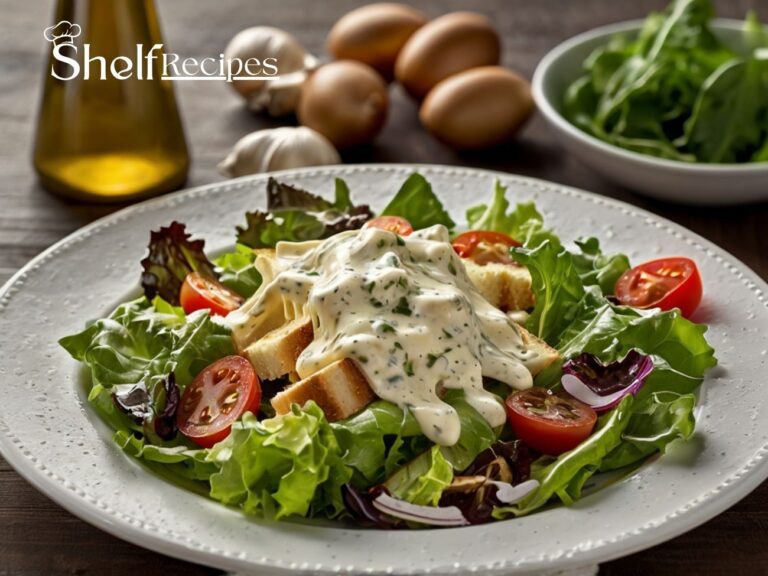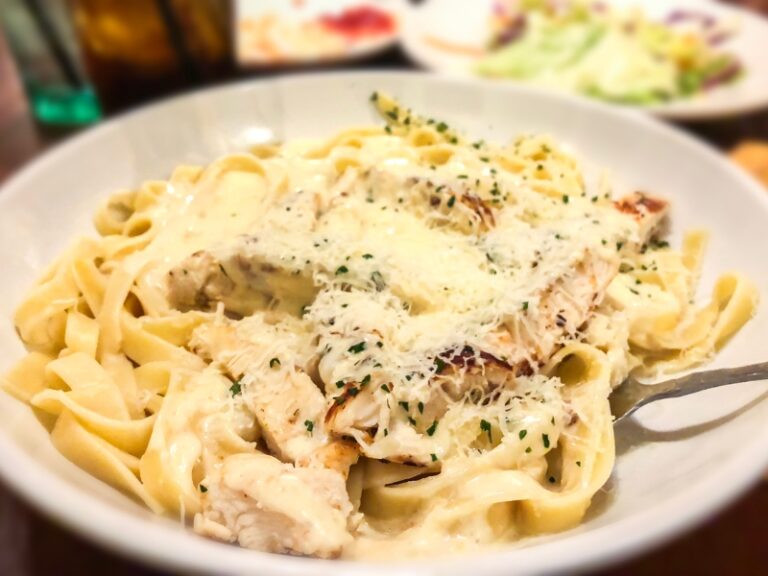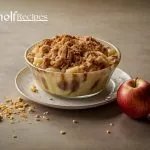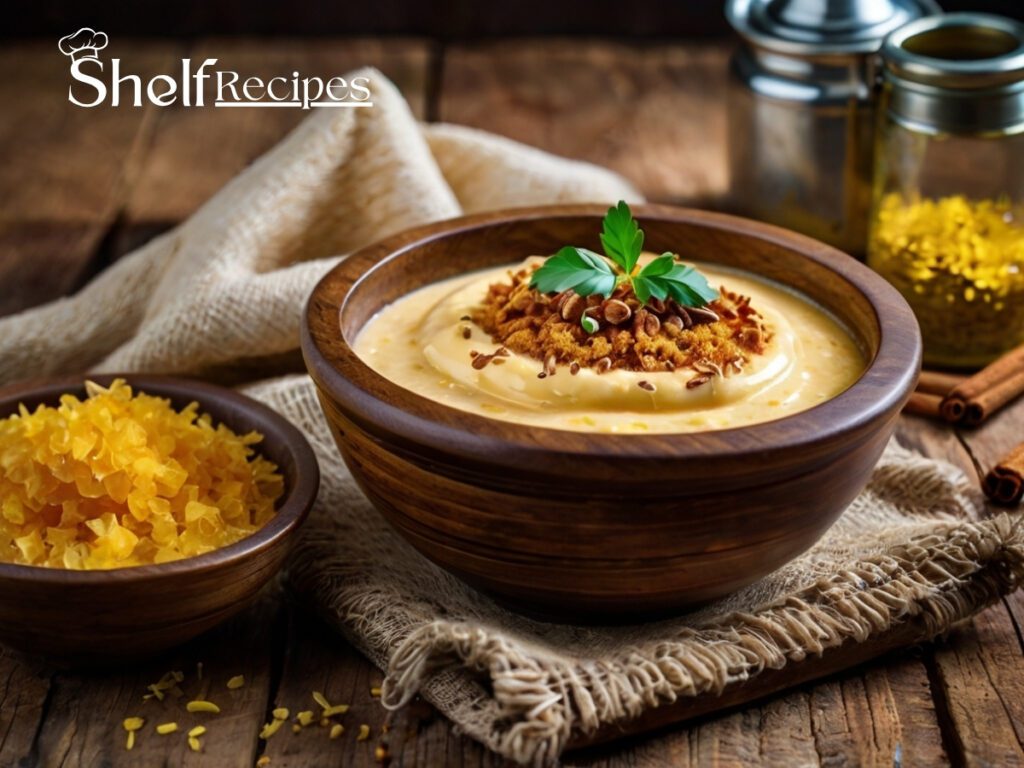
What is Harees?
Harees is a cherished Emirati dish, deeply woven into the culinary tapestry of the United Arab Emirates, where it shines during Ramadan, Eid, and festive gatherings. Crafted from humble yet nourishing ingredients—cracked wheat, tender meat (usually chicken or lamb), and a touch of butter—it’s slow-cooked for hours until it transforms into a velvety, porridge-like delight. Infused with subtle spices and often finished with a generous drizzle of ghee, Harees offers a warm, comforting embrace, making it a beloved staple for sharing with family and friends in moments of celebration and togetherness.
for more info about it check this article from Here.
Historical Background of Harees
Origins and Evolution:
- Ancient Roots:
- Harees date back centuries, with origins tied to the Arabian Peninsula’s Bedouin tribes, who relied on wheat and meat as durable staples suited to their nomadic life in the desert.
- Islamic Influence:
- Its prominence grew with the spread of Islam, as the dish’s simplicity and sustenance aligned with the values of humility and charity, becoming a communal meal shared during religious occasions.
- Regional Spread:
- By the medieval period, Harees had traveled across the Gulf, influencing variations in Iraq (called “hareesa”) and beyond, though the Emirati version retained its distinct creamy texture and minimalistic seasoning.
Significance in Emirati Culture:
- Ramadan Tradition:
- In the UAE, Harees became a Ramadan essential by the 20th century, valued for its ability to nourish after fasting, often prepared in large batches to distribute among neighbors and the less fortunate.
- Symbol of Unity:
- Historically served at weddings, births, and Eid celebrations, Harees reflects Emirati hospitality and solidarity, uniting families and tribes around a shared pot.
- Pre-Oil Era Staple:
- Before the UAE’s oil boom, Harees was a dietary cornerstone, leveraging affordable ingredients to sustain communities in a harsh climate, showcasing resourcefulness.
Historical Practices and Modern Legacy:
Today, Harees has found its way to international tables via the Emirati diaspora and Gulf cuisine festivals, preserving its heritage while adapting with milder flavors or quicker methods like pressure cookers.
Traditional Cooking:
Originally, Harees was simmered overnight in clay pots over wood fires, a labor-intensive process that blended the wheat and meat into its signature smoothness—a ritual still honored in some households.
Royal Recognition:
As the UAE modernized post-1971, Harees gained prominence in national identity, with Emirati leaders promoting it at state banquets, elevating its status as a cultural icon.
Global Reach:
Today, Harees has found its way to international tables via the Emirati diaspora and Gulf cuisine festivals, preserving its heritage while adapting with milder flavors or quicker methods like pressure cookers.
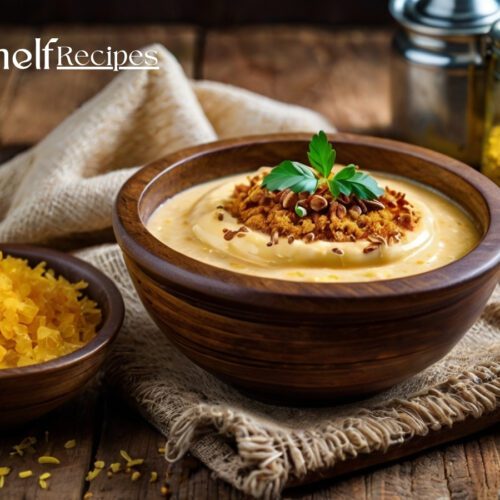
Harees
Ingredients
Main Ingredients:
- 2 cups whole wheat soaked overnight
- 500 g lamb or chicken bone-in for extra flavor
- 6 cups water
- 1 tsp salt adjust to taste
- 2 tbsp ghee for serving
Optional Garnishes:
- Ground cinnamon
- Cardamom powder
- Chopped dates for a sweet variation
Instructions
Step 1: Soak the Wheat
- Rinse the wheat thoroughly and soak it overnight in water. This helps soften the grains and shortens the cooking time.
Step 2: Cook the Meat and Wheat
- In a large pot, add the soaked wheat, meat, and water. Bring to a boil over medium heat.
- Reduce the heat to low and simmer for about 2 hours, stirring occasionally. Remove any foam that forms on the surface.
- Once the meat is fully cooked, remove it from the pot, shred it, and return it to the mixture.
Step 3: Blend to Perfection
- Use a wooden spoon or hand blender to mash the wheat and meat together until you achieve a smooth, thick consistency.
- Season with salt and let it simmer for another 30 minutes.
Step 4: Serve with Ghee
- Drizzle ghee over the harees for an authentic touch.
- Garnish with cinnamon or cardamom for extra flavor.
Notes
Equipment Needed
- Large pot
- Wooden spoon or hand blender
- Mixing bowl (for soaking wheat)
- Ladle (for serving)
Tips for the Perfect Harees
- Use Bone-In Meat: Opt for bone-in cuts like lamb shanks or chicken thighs—the bones release collagen and marrow during slow cooking, infusing the Harees with a deep, savory richness that elevates their flavor profile.
- Stir Continuously: Keep stirring as the wheat and meat meld together; this prevents lumps and ensures that signature creamy, porridge-like texture that defines a perfect Harees.
- Adjust Consistency: If the Harees thickens too much, gradually stir in small amounts of warm water or broth—keeping it smooth and velvety without diluting the taste.
- Season Thoughtfully: Add salt and spices like black pepper or cinnamon sparingly at the start, tasting as you go, since flavors intensify over hours of cooking.
- Finish with Ghee: Drizzle warm ghee generously just before serving to enhance the dish’s buttery aroma and luxurious mouthfeel—don’t skimp on this traditional touch!
Nutritional Benefits of Emirati Harees
Wholesome Sustenance:
- Protein-Rich:
- The meat (chicken or lamb) in Harees delivers high-quality protein, essential for muscle maintenance and repair, making it a hearty option after fasting or physical activity.
- Complex Carbohydrates:
- Cracked wheat provides slow-releasing carbs, offering sustained energy to keep you fueled for hours—ideal for Ramadan iftar or long desert days.
- Healthy Fats:
- Ghee and butter add beneficial fats that support brain function and energy storage, while enhancing flavor; using moderate amounts keeps it balanced.
- Bone Health:
- Bone-in meat releases collagen, calcium, and phosphorus during slow cooking, strengthening bones and joints—a hidden perk of traditional preparation.
- Fiber Content:
- Wheat contributes dietary fiber, aiding digestion and promoting gut health, which is especially valuable during fasting periods to maintain regularity.
- Micronutrients:
- Lamb or chicken supplies iron and B vitamins (like B12), boosting red blood cell production and energy metabolism, while wheat adds magnesium for muscle function.
- Satiety Factor:
- The creamy, dense texture—combined with protein, carbs, and fats—promotes fullness, helping curb overeating and providing lasting satisfaction.
- Immune Support:
- If spiced with cinnamon or black pepper, Harees gains antioxidants that reduce inflammation and bolster immunity, a subtle health boost from its seasoning.
- Hydration Aid:
- Its porridge-like consistency, especially when adjusted with water or broth, helps rehydrate the body, crucial in the UAE’s arid climate or after a fast.
- Comfort Factor:
- The warm, hearty nature of Harees supports serotonin production, offering a gentle mood lift—perfect for the communal joy of Emirati gatherings.
Variations of Harees
While the Emirati version champions simplicity with its wheat, meat, and butter trio, Harees adapts beautifully across cultures, each adding its own twist:
Omani Harees:
- Spice Infusion: Enhanced with warming spices like cardamom, cloves, and sometimes a hint of saffron, giving it an aromatic lift that complements the meat’s earthiness.
- Festive Flair: Often served with a side of dates or honey, tying it to Oman’s love for sweet-savory pairings during celebrations.
Saudi Harees:
- Creamy Twist: Incorporates milk or a swirl of yogurt into the mix, lending an extra layer of smoothness and a subtle tang that softens the dish’s robust nature.
- Garnish Boost: Frequently topped with crispy onions or toasted nuts for added texture and a touch of indulgence, especially during feasts.
Lebanese Harees (Hareesah):
- Textural Shift: Slightly coarser than its Gulf cousins, with wheat often left less pulverized, offering a heartier bite that pairs well with tangy pickles or labneh.
- Herb Accents: Sometimes finished with fresh parsley or mint, reflecting Lebanon’s vibrant culinary palette in this regional take.
Other Variations:
- Kuwaiti Harees: May include a dash of turmeric or cumin, subtly coloring and flavoring the dish to suit local tastes.
- Indian Harees: Influenced by Hyderabadi cuisine, it might feature bolder spices like garam masala and green chilies, turning it into a spicier, fragrant meal.
Why Harees is a Must-Try Emirati Dish
- Cultural Heartbeat:
- Harees is a culinary emblem of Emirati heritage, uniting families during Ramadan, Eid, and celebrations, reflecting the UAE’s Bedouin roots and spirit of generosity.
- Comfort in Simplicity:
- With just wheat, meat, and butter, it transforms basic ingredients into a creamy, soul-soothing dish that warms the heart as much as the stomach.
- Nourishing Tradition:
- Slow-cooked to perfection, Harees delivers robust sustenance, making it a go-to for breaking fasts or fueling festive gatherings with lasting energy.
- Versatile Appeal:
- Its mild flavor and adaptable nature invite personalization, from subtle spices to rich toppings, ensuring it delights every palate.
Serving Suggestions & Variations
Classic Presentation:
- Ghee Drizzle: Serve piping hot with a generous swirl of melted ghee on top, amplifying its buttery richness and aroma.
- Bread Pairing: Offer alongside khameer or chebab (Emirati flatbreads) to scoop up the creamy goodness.
Flavor Enhancements:
- Spiced Topping: Sprinkle with a pinch of cinnamon or crushed black pepper for a warm, aromatic lift that complements the meat.
- Nutty Crunch: Garnish with toasted almonds or pine nuts for texture and a touch of luxury, perfect for special occasions.
Lighter Twist:
- Broth Boost: Thin it slightly with chicken broth instead of water for added depth without heaviness, ideal for a subtler meal.
- Herb Freshness: Stir in chopped parsley or dill just before serving to brighten the dish with a fresh, green note.
Frequently Asked Questions
Is Harees healthy?
Yes! Harees is packed with fiber from the wheat and protein from the meat, making it a nutritious and filling dish.
Can I make Harees in a pressure cooker?
Absolutely! You can reduce cooking time by using a pressure cooker, and cooking the wheat and meat together for about 40-50 minutes.
How do I store and reheat Harees?
Store harees in an airtight container in the refrigerator for up to 3 days. To reheat, add a little water and warm it over low heat, stirring constantly.
More Emirati Recipes to Explore
If you love Emirati cuisine, check out these delicious recipes:
- Luqaimat from Every Little Crumb – Sweet, golden dumplings drizzled with date syrup, a festive treat!
- Machboos by Emirates – A fragrant rice dish with spiced chicken or lamb, packed with Gulf flavors.
Final Thoughts
Emirati Harees is more than just a meal—it’s a symbol of tradition, family, and togetherness. Whether you’re making it for Ramadan, Eid, or simply to enjoy a taste of the UAE, this dish is sure to bring warmth and comfort to your table.
Have you ever tried making Harees at home? Share your experience in the comments below! 😊
Don’t forget to check out more on our Ramadan recipes page from different countries!
